Francesco Galligioni - Bach: Cello Suites No. 4-5, Vol. 2 (2020)
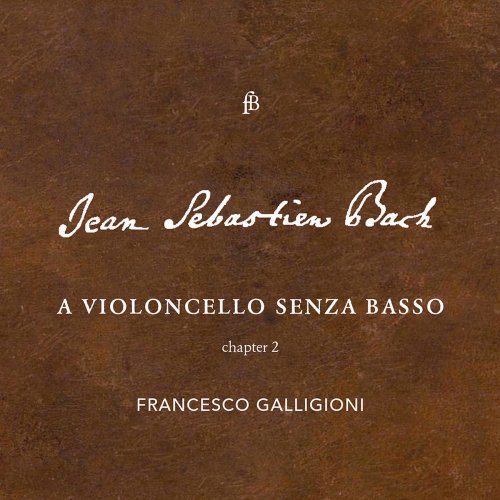
Artist: Francesco Galligioni
Title: Bach: Cello Suites No. 4-5, Vol. 2
Year Of Release: 2020
Label: Fra Bernardo
Genre: Classical
Quality: FLAC (tracks)
Total Time: 56:26
Total Size: 261 MB
WebSite: Album Preview
Tracklist:Title: Bach: Cello Suites No. 4-5, Vol. 2
Year Of Release: 2020
Label: Fra Bernardo
Genre: Classical
Quality: FLAC (tracks)
Total Time: 56:26
Total Size: 261 MB
WebSite: Album Preview
1. Cello Suite No. 4 in E-Flat Major, BWV 1010: I. Prélude (3:42)
2. Cello Suite No. 4 in E-Flat Major, BWV 1010: II. Allemande (4:04)
3. Double (1) (3:56)
4. Cello Suite No. 4 in E-Flat Major, BWV 1010: IV. Courante (3:39)
5. Double (2) (3:48)
6. Cello Suite No. 4 in E-Flat Major, BWV 1010: VI. Sarabande (4:34)
7. Cello Suite No. 4 in E-Flat Major, BWV 1010: VII. Bourrée I & II (5:45)
8. Cello Suite No. 4 in E-Flat Major, BWV 1010: VIII. Gigue (2:29)
9. Cello Suite No. 5 in C Minor, BWV 1011: I. Prélude (6:06)
10. Cello Suite No. 5 in C Minor, BWV 1011: II. Allemande (4:58)
11. Cello Suite No. 5 in C Minor, BWV 1011: III. Courante (2:28)
12. Cello Suite No. 5 in C Minor, BWV 1011: IV. Sarabande (3:59)
13. Cello Suite No. 5 in C Minor, BWV 1011: V. Gavotte I & II (4:49)
14. Cello Suite No. 5 in C Minor, BWV 1011: VI. Gigue (2:15)
«They are the quintessence of Bach’s work, and Bach himself is the quintessence of all music.» (Pau Casals)
After many years as a cellist in the Venice Baroque Orchestra, chamber musician and soloist, Francesco Galligioni ventured into the Parnassus. Based on experience, knowledge of the manuscripts and baroque performance practice, a lively, passionate interpretation of Bach’s masterpieces emerges.
---
CHAPTER 2 : "Dear listeners, having reached the second stage of our journey, I would like to share with you my thoughts and reflections on the suites in this volume. They are not the thoughts and reflections of a musicologist, but of a «prattico musician»: they are the steps I have taken to present to you, to the best of my ability, these works which, because of their depth of inspiration, lead to reflections which, through music, allow us to explore the vastness of the human soul. The first consideration I share with you concerns the Praeludium of Suite 4. Apparently everything flows easily in the simplicity of regular colours that characterize its writing. However, the tonality, extremely complex for the cello, hides a difficulty hard to overcome. The first note of each bar is also the lowest and always proceeds with a very wide jump. The risk, to make it feel better and to make the jump easy and intelligible, is therefore to hold it longer than written. This all too often leads to a complete upheaval of Bach’s writing: a regular 4/4 (made up of eight quavers) is thus transformed into an attractive 9/8 (made up of a semiminima followed by seven quavers) due, however, and exclusively, to an instrumental difficulty. My intention is therefore to think of it as fluent and almost harpsichordistic, fully respecting its writing. As in all the other preludes, a first section is followed by a «cadenzal» and free zone in which sprints of semiquavers and chords appear. In the allemande and courante it came naturally to me to add the doubles. An uninterrupted series of semicrome that resume in the whole course of the dances to which they refer and that in my intention should unravel the difficulties of interpretation, loosening the arduous harmonic knots.
So, as in the Partita BWV 1002 for violin, the double of the allemande presents a melodic course and variety in the ligatures, while that of the courante presents itself as a perpetual motion in loose sixteenths. In the Sarabande we will find a progressive thickening of the writing that will exalt the Bach’s handwriting kept astride the repetitions. In the Bourrée we are immediately struck by the disparity of «size» between the first and second section: 34 bars against 8. I have therefore carried out this second section with several repetitions and decreases with a central cantabile zone, because in my opinion this is a choral and I am sure that, if you pay attention, you too will hear a voice intoning it.
Suite 5 is dominated by the size and importance of the prelude. It is clearly a two-part French overture; and the French style permeates it in a decisive allemande and courante way. The blooms and embellishments therefore try to fully reflect the style. The dances gradually become more «figurative» and leave room for a rhythmically less rigorous interpretation. Sarabande is a masterpiece of fixity and movement, of simplicity and daring, of depth and lightness; any other word here would be superfluous. The inegality and lightness, steps towards the luminosity of the sixth suite, dominate the gavotte and the gigue. I tried as much as possible to carry on the cello the «polyphonic» figures of this same music, present in the autograph version of Bach for lute (BWV 995)".
(Francesco Galligioni)
After many years as a cellist in the Venice Baroque Orchestra, chamber musician and soloist, Francesco Galligioni ventured into the Parnassus. Based on experience, knowledge of the manuscripts and baroque performance practice, a lively, passionate interpretation of Bach’s masterpieces emerges.
---
CHAPTER 2 : "Dear listeners, having reached the second stage of our journey, I would like to share with you my thoughts and reflections on the suites in this volume. They are not the thoughts and reflections of a musicologist, but of a «prattico musician»: they are the steps I have taken to present to you, to the best of my ability, these works which, because of their depth of inspiration, lead to reflections which, through music, allow us to explore the vastness of the human soul. The first consideration I share with you concerns the Praeludium of Suite 4. Apparently everything flows easily in the simplicity of regular colours that characterize its writing. However, the tonality, extremely complex for the cello, hides a difficulty hard to overcome. The first note of each bar is also the lowest and always proceeds with a very wide jump. The risk, to make it feel better and to make the jump easy and intelligible, is therefore to hold it longer than written. This all too often leads to a complete upheaval of Bach’s writing: a regular 4/4 (made up of eight quavers) is thus transformed into an attractive 9/8 (made up of a semiminima followed by seven quavers) due, however, and exclusively, to an instrumental difficulty. My intention is therefore to think of it as fluent and almost harpsichordistic, fully respecting its writing. As in all the other preludes, a first section is followed by a «cadenzal» and free zone in which sprints of semiquavers and chords appear. In the allemande and courante it came naturally to me to add the doubles. An uninterrupted series of semicrome that resume in the whole course of the dances to which they refer and that in my intention should unravel the difficulties of interpretation, loosening the arduous harmonic knots.
So, as in the Partita BWV 1002 for violin, the double of the allemande presents a melodic course and variety in the ligatures, while that of the courante presents itself as a perpetual motion in loose sixteenths. In the Sarabande we will find a progressive thickening of the writing that will exalt the Bach’s handwriting kept astride the repetitions. In the Bourrée we are immediately struck by the disparity of «size» between the first and second section: 34 bars against 8. I have therefore carried out this second section with several repetitions and decreases with a central cantabile zone, because in my opinion this is a choral and I am sure that, if you pay attention, you too will hear a voice intoning it.
Suite 5 is dominated by the size and importance of the prelude. It is clearly a two-part French overture; and the French style permeates it in a decisive allemande and courante way. The blooms and embellishments therefore try to fully reflect the style. The dances gradually become more «figurative» and leave room for a rhythmically less rigorous interpretation. Sarabande is a masterpiece of fixity and movement, of simplicity and daring, of depth and lightness; any other word here would be superfluous. The inegality and lightness, steps towards the luminosity of the sixth suite, dominate the gavotte and the gigue. I tried as much as possible to carry on the cello the «polyphonic» figures of this same music, present in the autograph version of Bach for lute (BWV 995)".
(Francesco Galligioni)
Download Link Isra.Cloud
Francesco Galligioni - Bach_ Cello Suites No. 4-5, Vol. 2 FLAC.rar - 261.9 MB
Francesco Galligioni - Bach_ Cello Suites No. 4-5, Vol. 2 FLAC.rar - 261.9 MB
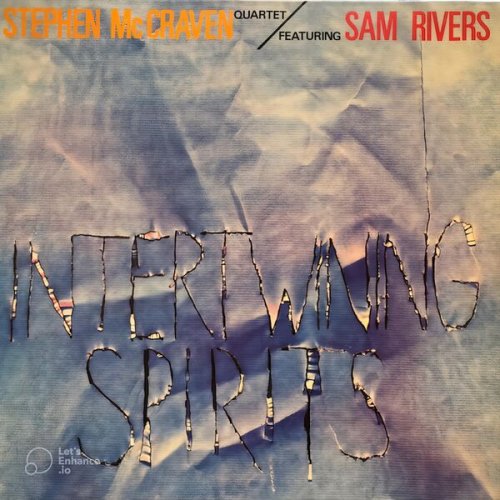
![Gonzalo Rubalcaba - Gonzalo Plays PIino (2025) [Hi-Res] Gonzalo Rubalcaba - Gonzalo Plays PIino (2025) [Hi-Res]](https://www.dibpic.com/uploads/posts/2025-12/1766206867_folder.jpg)

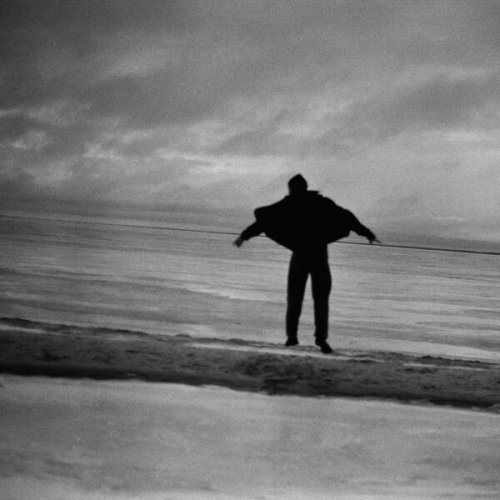
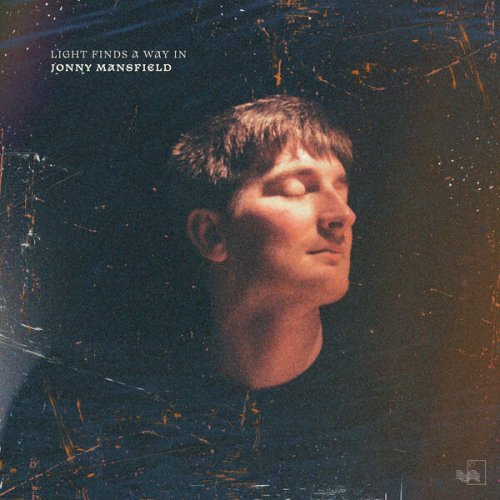
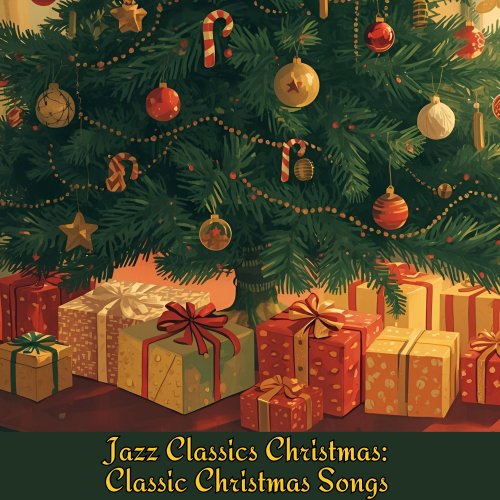
![LRK Trio, Elizaveta Korneyeva and Euphoria Orchestra - LRK Orchestra (2025) [Hi-Res] LRK Trio, Elizaveta Korneyeva and Euphoria Orchestra - LRK Orchestra (2025) [Hi-Res]](https://www.dibpic.com/uploads/posts/2025-12/1766210674_qm8oj75twl1x5_600.jpg)

